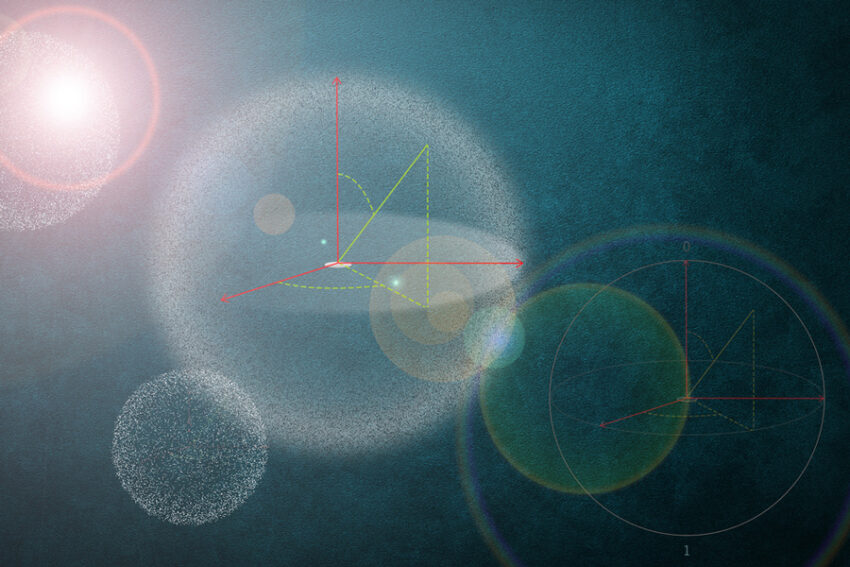Researchers at MIT, MIT Lincoln Laboratory, and Pacific Northwest National Laboratory (PNNL) have found that the performance of quantum bits or qubits will soon hit a wall as we go on improving it.
The team reports that the low-level, otherwise harmless background radiation that is emitted by trace elements in concrete walls and incoming cosmic rays are enough to cause decoherence in qubits. They found that this effect, if left unmitigated, will limit the performance of qubits to just a few milliseconds.
Qubits Development
Qubits, the logic elements of quantum computers, are coherent two-level systems that represent quantum information. Each qubit has the ability to be in a quantum superposition, carrying aspects of both states simultaneously, enabling a quantum version of parallel computation. Quantum computers, if they can be scaled to accommodate many qubits on one processor, could be dizzyingly faster, and able to handle far more complex problems, than today’s conventional computers.
But that all depends on a qubit’s integrity, or how long it can operate before its superposition and the quantum information are lost, a process called decoherence, which ultimately limits the computer run-time. Superconducting qubits, a leading qubit modality today, have achieved exponential improvement in this key metric, from less than one nanosecond in 1999 to around 200 microseconds today for the best-performing devices.
“These decoherence mechanisms are like an onion, and we’ve been peeling back the layers for past 20 years, but there’s another layer that left unabated is going to limit us in a couple years, which is environmental radiation,” says William Oliver, associate professor of electrical engineering and computer science and Lincoln Laboratory Fellow at MIT. “This is an exciting result, because it motivates us to think of other ways to design qubits to get around this problem.”
“It is fascinating how sensitive superconducting qubits are to the weak radiation. Understanding these effects in our devices can also be helpful in other applications such as superconducting sensors used in astronomy,” says lead author Antti Vepsäläinen, a postdoc in MIT’s Research Laboratory of Electronics.
The team of researchers performed experiments with qubit to understand and find out the point where the progress will be hindered. They found out that qubit coherence time would be limited to about 4 milliseconds.
The researchers tried shielding the qubits with lead bricks in order to see if it can help. They successfully demonstrated that shielding improved qubit performance.
“Cosmic ray radiation is hard to get rid of,” Formaggio says. “It’s very penetrating, and goes right through everything like a jet stream. If you go underground, that gets less and less. It’s probably not necessary to build quantum computers deep underground, like neutrino experiments, but maybe deep basement facilities could probably get qubits operating at improved levels.”
Journal Reference:
Antti P. Vepsäläinen, Amir H. Karamlou, John L. Orrell, Akshunna S. Dogra, Ben Loer, Francisca Vasconcelos, David K. Kim, Alexander J. Melville, Bethany M. Niedzielski, Jonilyn L. Yoder, Simon Gustavsson, Joseph A. Formaggio, Brent A. VanDevender, William D. Oliver. Impact of ionizing radiation on superconducting qubit coherence. Nature, 2020; 584 (7822): 551 DOI: 10.1038/s41586-020-2619-8

